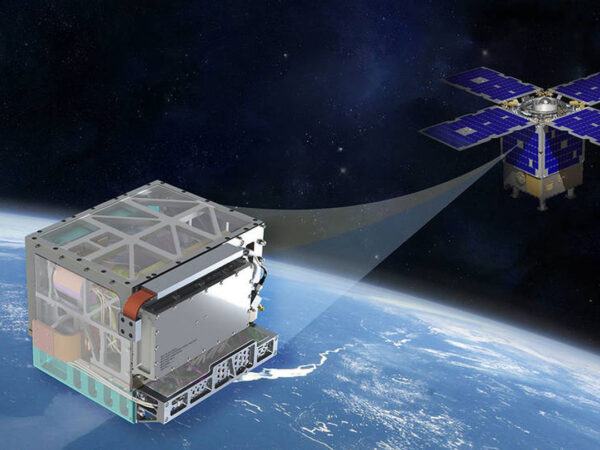Navigating in space is difficult, and as a mission to explore further into space, the need for proper navigation increases. NASA launched a spacecraft atomic mission on June 25, 2019. The agency has confirmed that the mission ended at the end of September 18 2021.
This mission aims to increase space navigation, and NASA said the technological demonstration was operated longer than the initially planned. The mission even broke the stability record for atomic hours in space. NASA’s room atomic atom is integrated into the general orbital orbital bed spacecraft.
The spacecraft was launched on the mission of the DOD 2 room test program in the summer of 2019. Today’s spacecraft depends on the atomic clock on the ground. A very precise time measurement is needed for spacecraft when traveling outside the moon. Precision timekeeper is used to track spacecraft by noting when the signal is sent and received.
Personnel responsible for navigation know that radio signals travel at light speed. They can use time measurements to calculate the distance, speed, and direction of traveling spacecraft. The farther away the spacecraft obtained from the earth, the longer to send and receive the signal. That longing delays can significantly reduce the calculation speed.
By utilizing onboard atomic clocks paired with navigation systems, spacecraft will soon be able to calculate where it is and where it goes. The atomic clock of space is the atomic clock of mercury ion in a small box that is around 25 centimeters on each side. It makes it roughly the size of the toaster that you might use for your bagel in the morning.
A successful mission can show atomic hours can survive the launch pressure and cold environment and full of radiation space without losing performance. Initially, the mission should last a year, but extended because the clock remained stable. The data collected in the mission will help for the next version in the development called the launch of the 2-hour space in 2028 on the venus mission.

